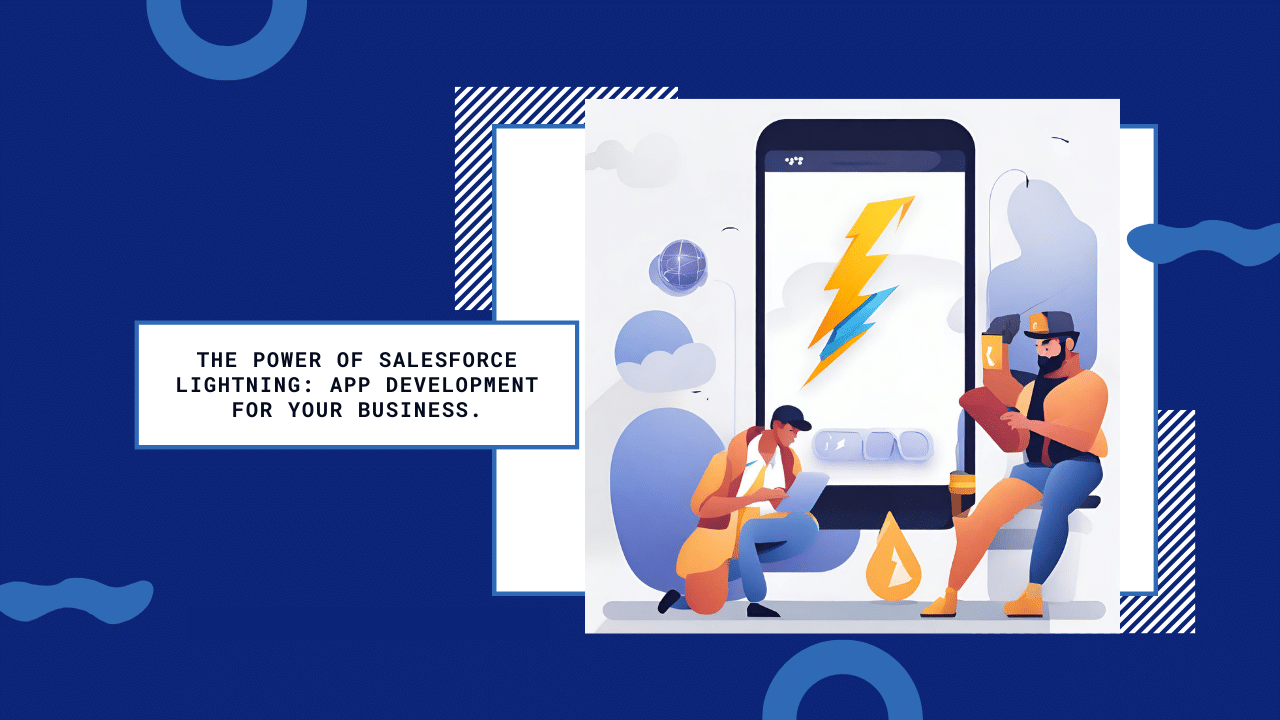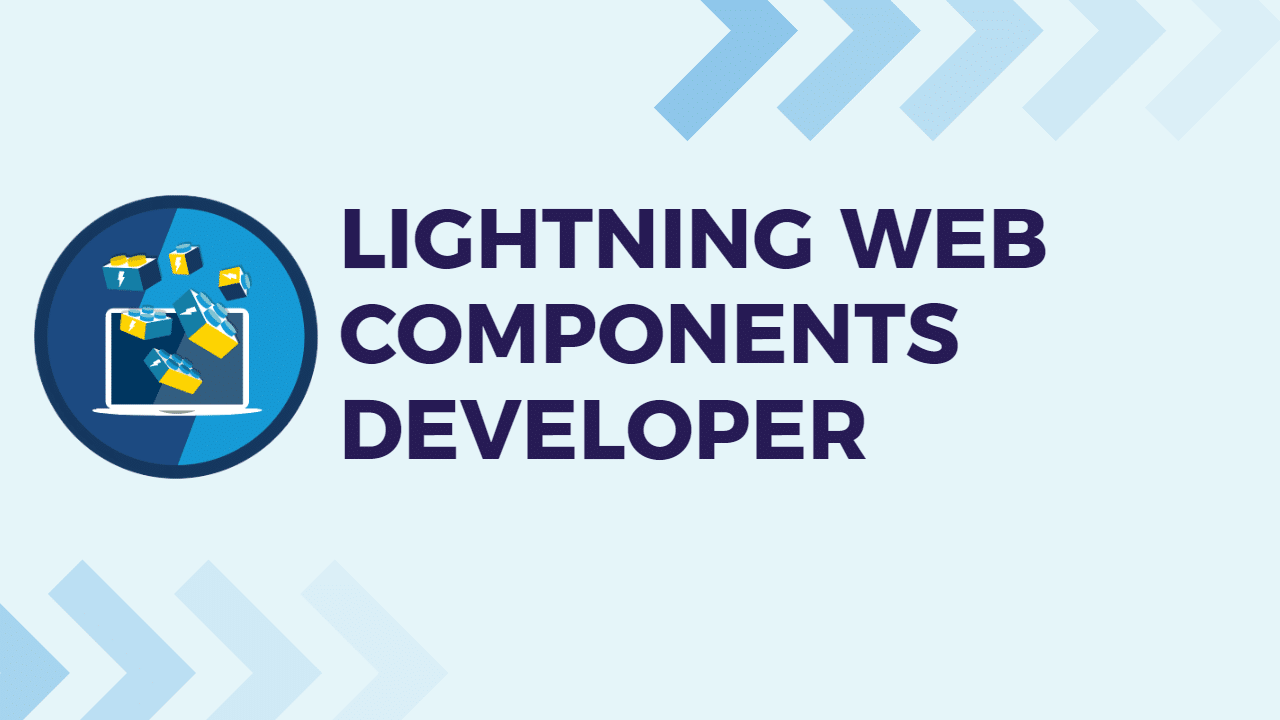This step-by-step guide outlines the process of retrieving and presenting data in Salesforce Lightning Web Components (LWC), a critical aspect of building dynamic user interfaces in Salesforce. To achieve this, you’ll need a Salesforce Developer Account, Salesforce CLI, and basic knowledge of JavaScript and HTML.
First, set up your development environment by logging in to your Salesforce account via the CLI. Then, create a new LWC using the Salesforce CLI and configure its structure in the HTML and JavaScript files.
The core logic for data retrieval and presentation resides in the LWC’s JavaScript file. Here, you utilize the `@wire` decorator to connect to an Apex controller method. This controller method, written in Apex, fetches data from Salesforce, which can be customized according to your needs.
After creating and deploying the Apex controller, you can add the LWC to a Lightning Page in the Lightning App Builder. Preview the page to see your LWC in action, fetching and displaying data from Salesforce.
This guide provides a fundamental example, but you can expand upon it by adding features such as user interactions and error handling. By following these steps, you’ll be well on your way to harnessing the power of LWCs for dynamic data presentation in Salesforce.






